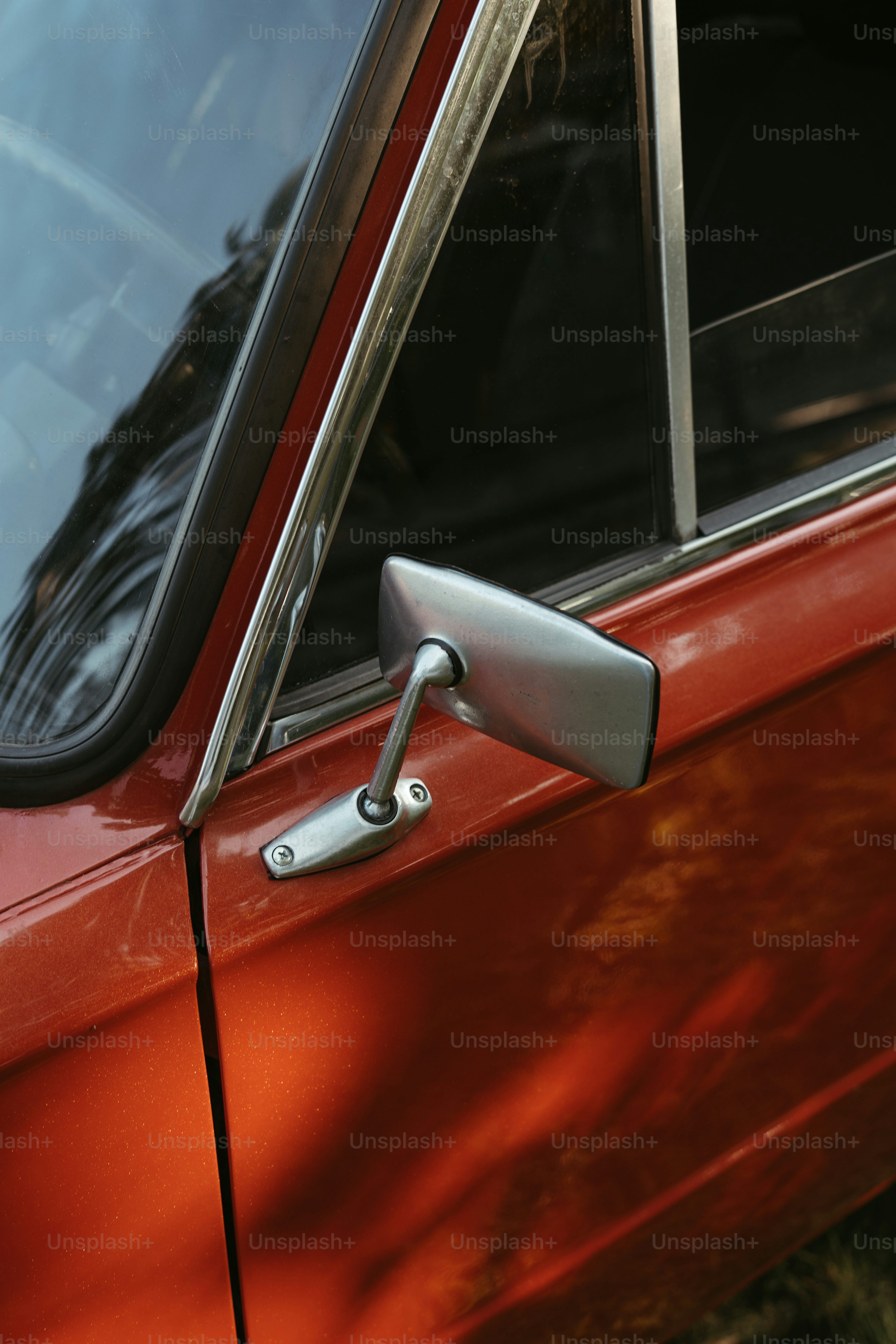- What is a Jack Car?
- Essential Safety Gear
- Step-by-Step Guide: Safely Using a Car Jack
- Advanced Techniques and Recommendations
- Common Mistakes You Should Avoid
- Future Trends in Jack Car Technology
- Jack Car Maintenance Tips
- FAQ
Lifting your vehicle safely is a skill every car owner should master. Whether you're changing tires roadside or doing maintenance in your garage, knowing how to use car jacks properly prevents accidents and damage. This guide will walk you through the tools, processes, and tips you need to handle jack car operations with confidence in 2025.
What is a Jack Car?
The term "jack car" refers to the process of lifting your vehicle using a car jack and related tools. These critical devices are indispensable for tasks like tire replacement or vehicle inspections requiring undercar access.
Types of Car Jacks
Car jacks come in different types, and choosing the right model depends on your vehicle and use case. Here are some popular options:
Scissor Jacks: Lightweight and manual, these are commonly included as emergency tools with vehicles.
Hydraulic Jacks: Fast and efficient, typically preferred by professional mechanics.
Bottle Jacks: Compact but have a high lifting capacity, ideal for SUVs and trucks.
Pneumatic Jacks: Powered by air, designed for fast and heavy-duty lifting in more advanced workshops.
Essential Safety Gear
Lifting a car can be hazardous if the appropriate equipment isn’t used. For a smooth and safe operation, ensure you always have these items:
Heavy-duty jack stands to stabilize your vehicle after lifting.
Wheel chocks to prevent unwanted movement.
Protective gloves to handle tools safely.
Hard plastic kneepads for personal comfort, especially during longer tasks.
Step-by-Step Guide: Safely Using a Car Jack
Follow this detailed process to lift your vehicle safely and efficiently regarding jack car operations:
Prepare Your Work Area
Park the car on solid, level ground to avoid sinking or instability.
Apply the parking brake firmly to keep your car stationary.
Place wheel chocks around the tires that won’t be lifted to block movement.
Find the Lift Points
Locating appropriate lift points is critical for your vehicle’s safety. Use these general guidelines:
Vehicle Type | Recommended Lift Points |
|---|---|
Sedans/Hatchbacks | Reinforced notches under sills |
SUVs/Trucks | Axle or frame joints |
Electric Vehicles | Follow locations specified in the manual for battery safety |
Lifting the Vehicle Carefully
Position the jack under the designated lift point. Consult your owner’s manual for accuracy.
Begin lifting slowly, either by cranking the jack or using its hydraulic or air-powered mechanism.
Stop lifting once the tire has cleared the ground. Avoid raising your car higher than necessary.
Securing with Jack Stands
Never work under a vehicle supported solely by a jack. Once the vehicle is lifted:
Place the jack stands underneath the car at its secure lift points.
Lower the car gently onto the jack stands, ensuring stability.
Test if the car is firmly in place before stepping underneath.
Advanced Techniques and Recommendations
Looking to take your jack car experience to the next level? Here are some advanced tips:
Using Hydraulic Jacks
Ensure smooth operation by:
Pumping the handle steadily to avoid sudden pressure changes.
Checking hydraulic fluid levels regularly to maintain consistent performance.
Emergency Roadside Jacking
Being stranded can be stressful, but proper preparation makes it safer:
Turn on hazard lights immediately and choose a well-lit or visible area.
Set up a warning triangle to alert approaching drivers.
Common Mistakes You Should Avoid
Avoiding mistakes while lifting your vehicle keeps both you and your car safe. Here are the most common errors to steer clear from:
Using a jack on irregular or soft surfaces, risking uneven weight distribution.
Attempting to lift beyond your jack’s maximum safe limit as outlined by the manufacturer.
Forgetting to use jack stands while working underneath the vehicle.
Ignoring lift points that could compromise your vehicle’s frame or battery.
Future Trends in Jack Car Technology
Car lifting technology is evolving, and 2025 offers exciting advancements. Here’s what you can look forward to:
Integrated Load Sensors: These ensure automatic stoppage when height or weight limits are reached, reducing risk.
Smart Handles: Offering mobile alerts to notify users of improper placement or stability concerns.
Enhanced Base Designs: Wider support areas provide stability on challenging terrains like gravel and sand.
Jack Car Maintenance Tips
To ensure your equipment remains reliable over time, follow these guidelines:
After every use, clean the jack to eliminate dirt buildup and keep mechanisms functional.
Store in a dry location to avoid rust, especially for hydraulic jacks.
Inspect key components annually and replace them if any wear or damage is identified.
FAQ
Q: Where should I place jacks on my electric car?
A: Electric cars often feature special lift points due to battery placement. Refer to your owner’s guide to avoid damaging sensitive components.
Q: Can wood blocks replace jack stands?
A: No, they aren’t reliable substitutes. Wood blocks may crack under weight, which could lead to serious injury or damage.
Q: How often should I inspect my hydraulic jack?
A: Regularly check its functionality every three months to ensure its condition. Annual professional review is recommended.
Q: Why does my car jack stop lifting halfway?
A: This occurs due to exceeding the jack’s maximum weight limit, depleted hydraulic fluid, or faulty seals. Stop use immediately and inspect for issues.
Read More:
BMW Electric Car – Essential Guide for 2025 Buyers
Car Compare:Your Friendly Guide to Choosing the Best Vehicle













